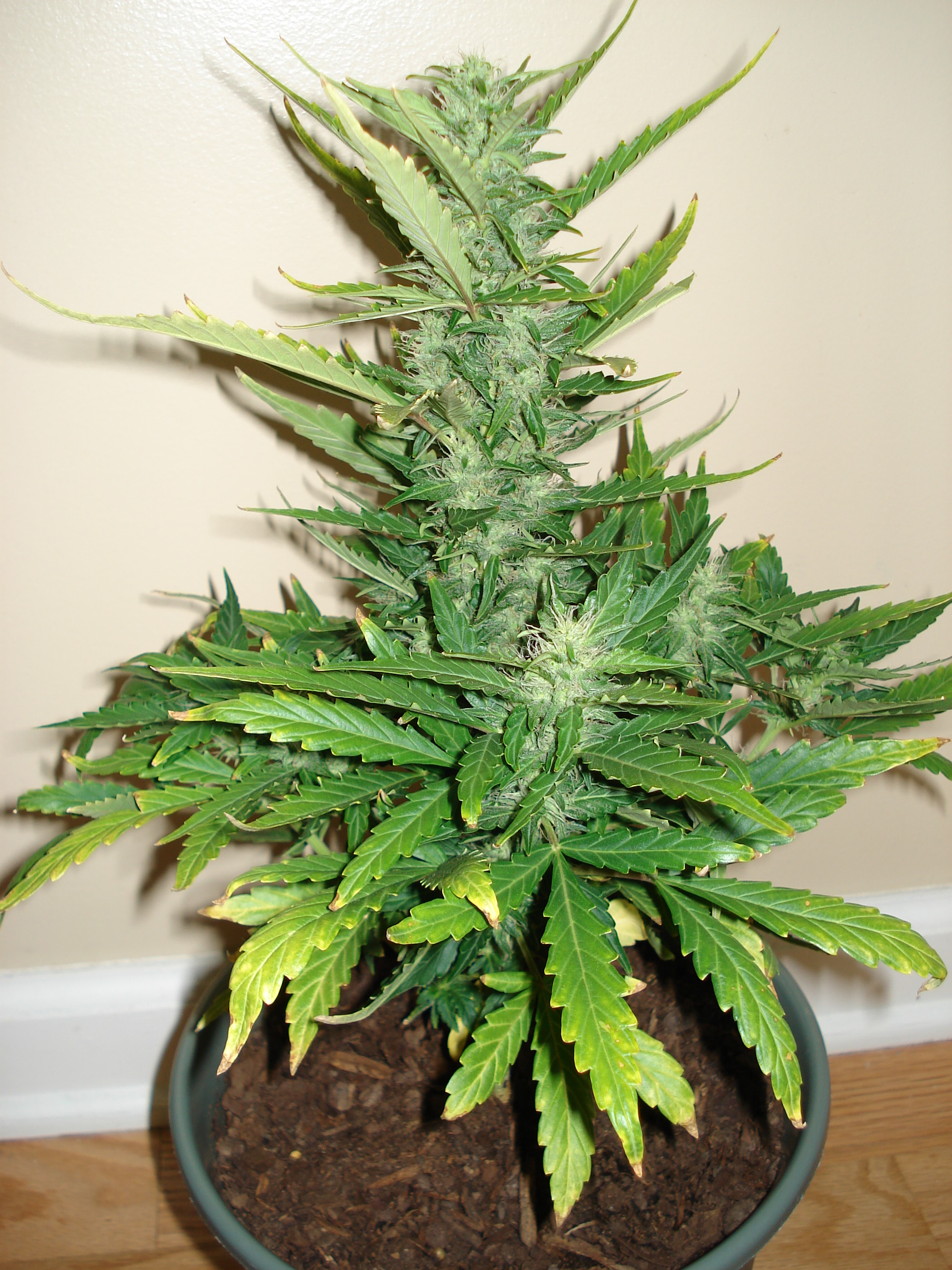In latest a long time, the cultivation of cannabis has emerged as a sizeable agricultural endeavor, specially in Canada, wherever progressive laws has paved the way for a burgeoning marketplace. Amidst blog here , the adoption of autoflowering hashish seeds stands out as a sustainable and environmentally pleasant strategy to cultivation. In this article, we delve into the ecological rewards of cultivating autoflowering cannabis in Canada, highlighting its part in lowering drinking water usage, decreasing electrical power utilization, and reducing carbon emissions as opposed to conventional agricultural solutions.
Comprehension Autoflower Cannabis Cultivation
Autoflowering cannabis plants are a marvel of nature’s adaptability. Not like conventional hashish kinds, which count on modifications in daylight to set off flowering, autoflowering strains mechanically changeover from vegetative progress to flowering just after a predetermined period of time, generally two-four months. This unique trait, derived from Hashish ruderalis genetics, presents many environmental benefits when cultivated in Canada’s varied climates.
Reduced H2o Intake
Drinking water scarcity is a growing problem globally, and agriculture is a big contributor to water depletion. Classic cultivation approaches frequently include substantial irrigation methods to maintain plant development, significantly in areas with arid or semi-arid climates. In distinction, autoflowering hashish demands drastically a lot less drinking water during its lifecycle.
Autoflowering plants have shorter vegetative phases compared to their photoperiod counterparts, resulting in minimized h2o requirements all through this crucial expansion stage. Furthermore, their compact measurement and accelerated development rate help cultivators to make the most of h2o additional competently, minimizing wastage and conserving useful means. In a country like Canada, wherever h2o conservation is paramount, the adoption of autoflowering hashish cultivation can add to sustainable water administration practices.
Lower Electrical power Usage
Power use is yet another vital thought in contemporary agriculture, with typical indoor cultivation techniques usually relying intensely on artificial lighting, heating, and ventilation methods. These electrical power-intense functions lead to greenhouse gas emissions and environmental degradation. Autoflowering hashish cultivation presents a much more strength-efficient substitute, especially in Canada’s northern regions in which indoor increasing is frequent because of to harsh winters.
The fast flowering cycle of autoflowering crops reduces the duration of synthetic lighting essential for best expansion. This translates to lessen electricity utilization and diminished reliance on fossil fuel-derived strength resources. In addition, the compact dimensions of autoflowering vegetation enables for a lot more effective use of indoor house, further optimizing vitality utilization. By minimizing the ecological footprint linked with energy-intense cultivation tactics, autoflower cannabis cultivation aligns with Canada’s motivation to transitioning towards a greener and extra sustainable upcoming.
Decreased Carbon Emissions
Carbon emissions from agricultural pursuits lead considerably to local climate alter, exacerbating environmental fears this kind of as world-wide warming and habitat destruction. Common farming methods, together with the use of weighty machinery, synthetic fertilizers, and prolonged-length transportation, lead to carbon emissions at different stages of the supply chain. Autoflowering cannabis cultivation presents a indicates to mitigate these emissions and endorse carbon neutrality.
The compact dimension and shorter advancement cycle of autoflowering plants cut down the will need for large-scale mechanization, minimizing the carbon footprint associated with agricultural equipment. Moreover, the decentralized nature of autoflower cultivation allows small-scale, local generation, reducing the reliance on very long-length transportation and involved emissions. By embracing autoflowering cannabis cultivation, Canada can bolster its efforts to decrease carbon emissions and overcome climate transform although supporting nearby economies and fostering neighborhood resilience.
Conclusion
In conclusion, the environmental added benefits of autoflower hashish cultivation in Canada are manifold. From minimized h2o intake and decreased power use to decreased carbon emissions, autoflowering strains supply a sustainable and eco-friendly option to regular agricultural methods. By harnessing nature’s effectiveness and embracing innovation in hashish cultivation, Canada can pave the way toward a more resilient and environmentally conscious potential. As the cannabis sector continues to evolve, prioritizing sustainability will be necessary in making sure prolonged-expression viability and reducing its ecological affect. As a result of collaboration, innovation, and a dedication to environmental stewardship, autoflower cannabis cultivation can play a pivotal function in setting up a greener and additional sustainable Canada for generations to appear.
